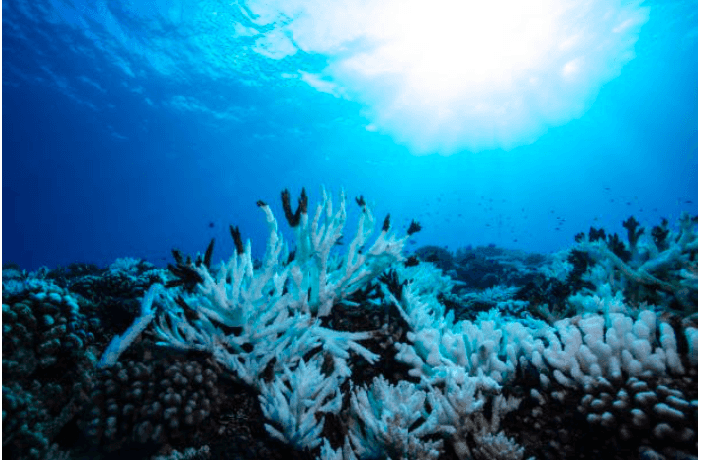TEGUCIGALPA, Honduras — A mysterious, highly contagious and lethal disease is spreading across the coral reefs of the Caribbean Sea, alarming scientists and leaving a trail of skeletons in its path.
Its advance from Florida to the far reaches of the Caribbean could wipe out the majority of the hard coral across the sea, decimating reefs and the marine life they support for generations to come. The environmental damage would also disrupt the lives of millions of people in coastal communities who depend on the reefs for food or jobs.
“It’s basically like a coral COVID,” said Gabriela Ochoa, program manager at the Roatan Marine Park on the Bay Islands of Honduras, describing the disease’s rapid transmission. Affecting more than 20 species of hard coral, the harm that stony coral tissue loss disease (SCTLD) threatens to slow-growing coral reefs and their fragile ecosystems is irreparable.
“The only difference is the mortality rate of COVID doesn’t even compare to what we’re seeing in the reefs,” added Ochoa. In some coral species, the mortality rate reaches as high as 100 percent.
The first sign that a coral is infected is the appearance of a small lesion where the tissue, or the skin, is absent, revealing the bone.
While other more well-known factors such as pollution and climate change have caused the loss of an estimated 60 percent of coral coverage in the Caribbean over the past three decades, the new disease is killing it at a much faster rate.
Once a colony is infected, death can come very quickly. “You can lose colonies that were growing for hundreds of years in just weeks or months,” said Melina Soto, Mexico Coordinator for the Healthy Reefs Initiative.
SCTLD was first discovered in 2014 off the coast of Florida, where it has since infected roughly half of the state’s reefs. The cause is unknown but humans are a likely culprit.
Theories divide along two main tracks. The first is that factors such as climate change and rising sea temperatures along with contaminants like untreated sewage and even sunscreen have reduced the reefs’ resiliency, making coral susceptible to existing bacteria. The second centers around the idea that a new pathogen emerged as a result of human activity.
In the end, the answer could be all of the above. “Like COVID, when you have other health problems, then you’re at higher risk when you get COVID,” said Ochoa.
Over the past seven years, the disease has spread across the Caribbean Sea, often traveling against currents, which suggests that the pathogen may be reaching new areas by clinging to boats.
“One of the points that almost always repeats itself is that the first cases are found near ports,” said Soto.

